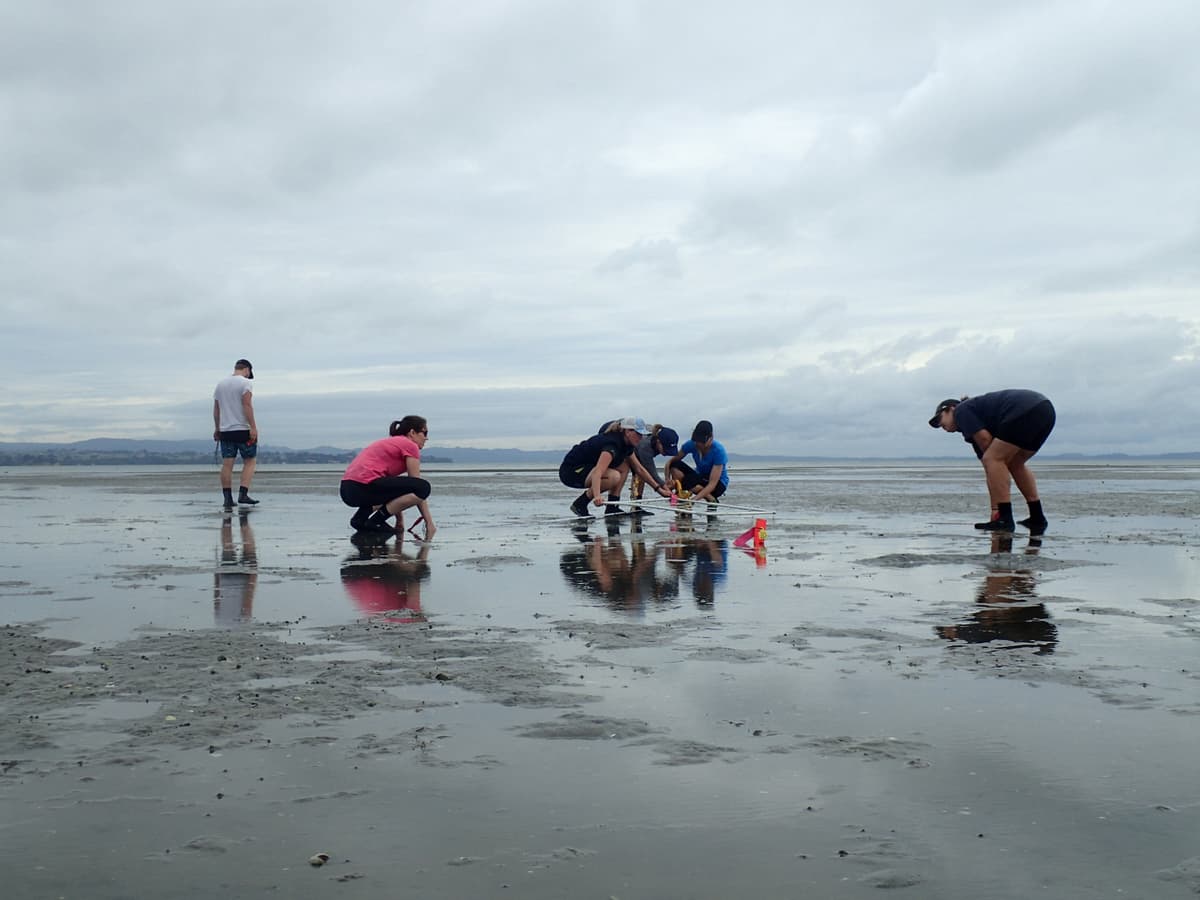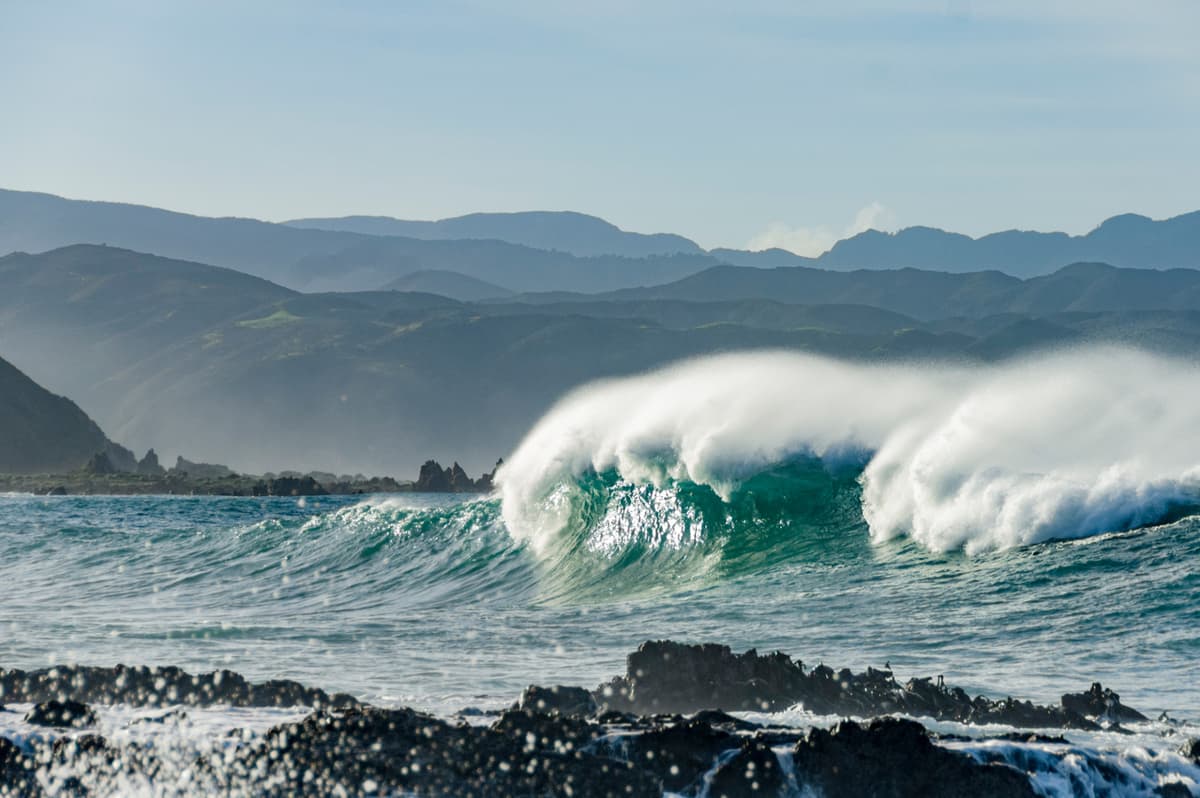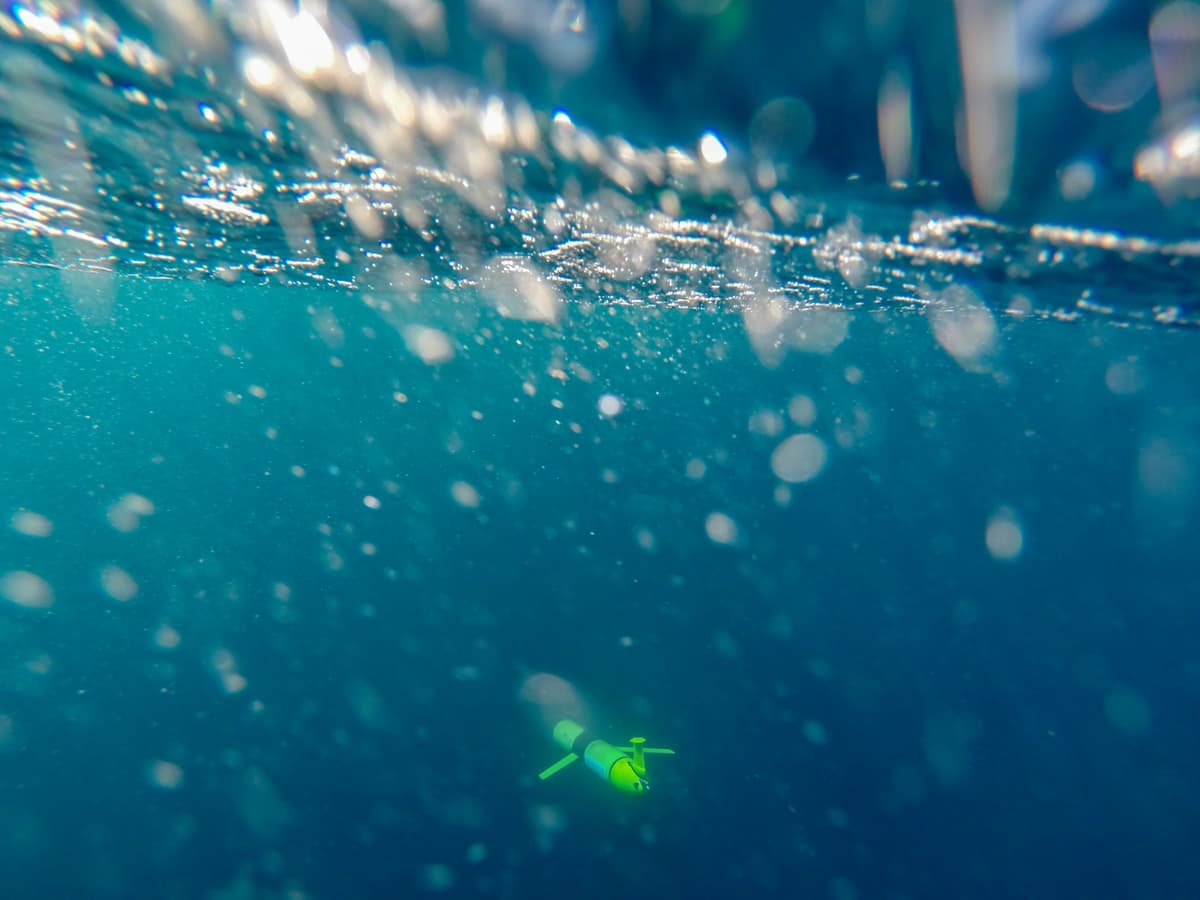Organic matter derived from kelp supports a large proportion of biomass in temperate rocky reef fish communities: implications for ecosystem-based managementAcademic publication
Udy JA, Wing SR, McMullin RM, O’Connell-Milne SA, Kolodzey S, Durante LM & Frew RD (2019)
Aquatic Conservation: Marine and Freshwater Ecosystems 2019: 1-17
View Larval quality and fecundity trade-offs are linked to the maternal environment in sea perch (Helicolenus percoides, Sebastidae)Academic publication
Kolodzey S, LM Durante, AJM Sabadal, SR Wing. (2021).
Journal of Experimental Marine Biology and Ecology
View Aquaculture: Tools, resources and researchSummary
This is a research round-up of our tools, resources and research that are relevant to aquaculture. It is a living document, and more tools, resources and research projects will be added as they are developed. Date: 22 July 2021
ViewShifting trophic architecture of marine fisheries in New Zealand: Implications for guiding effective ecosystem‐based managementAcademic publication
Durante LM, MP Beentjes and SR Wing. (2020).
Fish and Fisheries 21: 813-830
View Effects of fixatives on stable isotopes of fish muscle tissue: implications for trophic studies on preserved specimensAcademic publication
Durante LM, AJM Sabadel, RD Frew, T Ingram, and SR Wing. (2020)
Ecological Applications
View Regional differences in kelp forest interaction chains are influenced by both diffuse and localized stressorsAcademic publication
Udy JA et al (2019)
Ecosphere 10(10), article e02894
View Regional differences in supply of organic matter from kelp forests drive trophodynamics of temperate reef fishAcademic publication
Udy JA, SR Wing, SA O’Connell-Milne, LM Durante, RM McMullin, S Kolodzey & RD Frew (2019)
Marine Ecology Progress Series 621: 19-32
View Metadata catalogue: Ecosystem connectivity projectDataset
This project has produced 19 datasets. You can find out what they are through our metadata catalogue.
View Interactions between bivalve filter feeding and oceanographic forcing drive the fluxes of organic matter and nutrients at an estuarine-coastal interfaceAcademic publication
O’Connell-Milne SA, SR Wing, SH Suanda, JA Udy, LM Durante, N Salmond and LC Wing. (2020)
Marine Ecology Progress Series
View Compound specific isotopic analysis of reef fish species uncovers Suess and nitrogen enrichment effects on local ecosystemAcademic publication
Sabadel AJM, LM Durante, SR Wing. (2020)
Marine Ecology Progress Series
View Maternal age, length, and weight influence larval characteristics and viability in the viviparous temperate reef fish Helicolenus percoidesAcademic publication
Kolodzey S, SR Wing, and LM Durante. (2021).
Marine Ecology Progress Series
View A quantitative analysis of organic matter inputs to soft sediment communities surrounding salmon farms in the Marlborough Sounds region of New ZealandAcademic publication
McMullin RM, Sabadel AJM, Hageman KJ, & Wing SR (2021). AScience of The Total Environment, 773, 145146.
View Oceanographic transport along frontal zones forms carbon, nitrogen, and oxygen isoscapes on the east coast of New Zealand: Implications for ecological studiesAcademic publication
LM Durante, RO Smith, S Kolodzey, RM McMullin, NH Salmond, CD Schlieman, SA O'Connell-Milne, RD Frew, R Van Hale, SR Wing (2021). Volume 216, 104368,
View 














